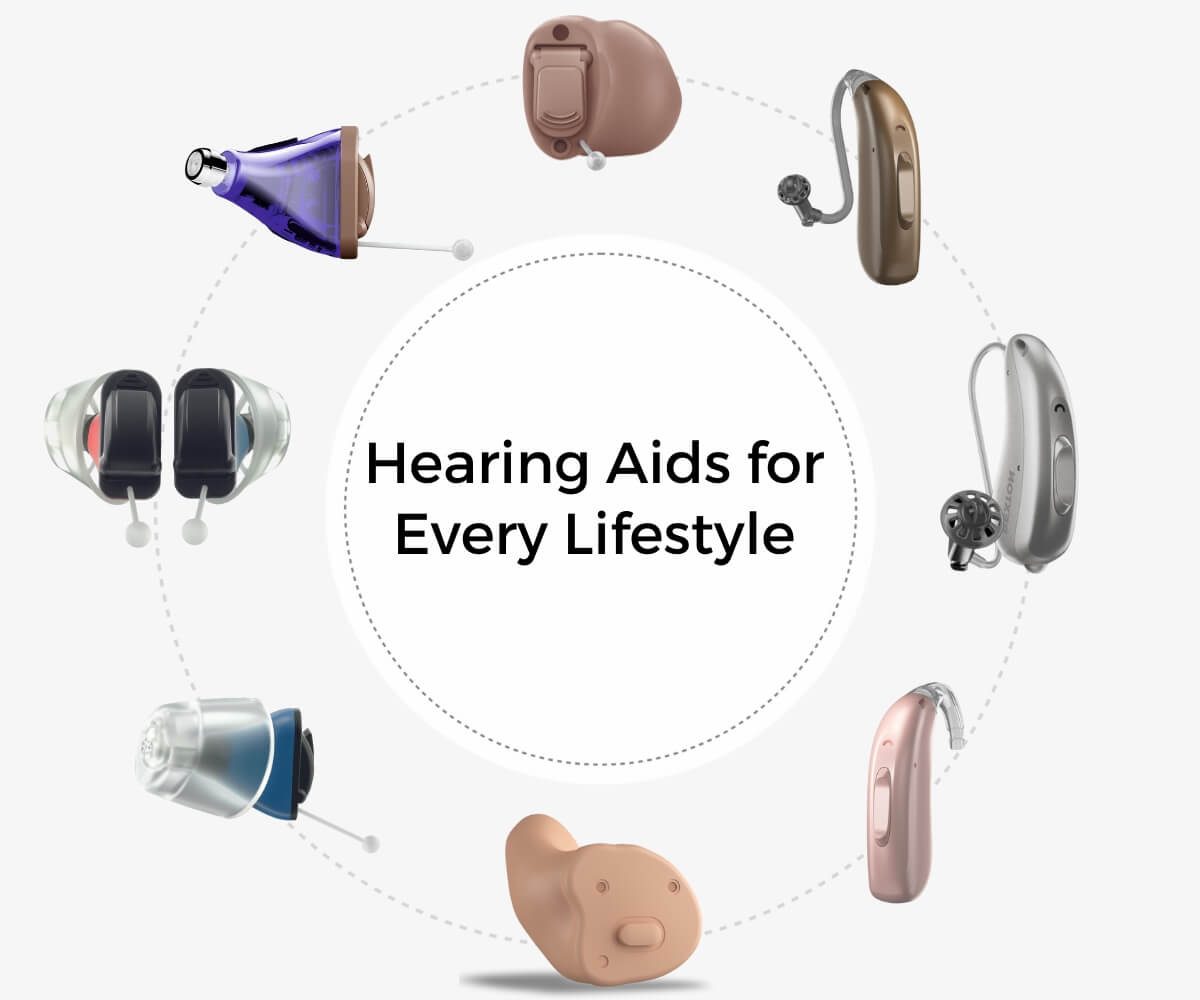Adaptive technology in digital hearing aids refers to advanced features and capabilities that adjust automatically to varying listening environments and individual preferences. This technology aims to enhance the listening experience by adapting the amplification and processing of sound in real-time.
Here’s how adaptive technology contributes to personalized hearing solutions:
- Automatic Environment Detection: Modern digital hearing aids in prayagraj can detect different listening environments such as quiet rooms, noisy restaurants, or outdoors. Adaptive technology adjusts settings accordingly to optimize sound quality and speech intelligibility in each environment. For example, in noisy settings, the hearing aid might reduce background noise while amplifying speech frequencies.
- Feedback and Noise Management: Adaptive technology includes sophisticated algorithms to manage feedback (whistling or squealing sounds) and reduce background noise. This ensures clearer sound perception without distractions, which is crucial for understanding speech in noisy environments.
- Speech Enhancement: Many adaptive systems are designed to prioritize speech sounds, making it easier for users to understand conversations even in challenging acoustic conditions. They can selectively amplify speech frequencies while suppressing unwanted noise, contributing to improved communication.
- Personalization and Customization: Adaptive technology allows for personalized adjustments based on individual hearing profiles and preferences. Hearing aids can store multiple customized settings for different environments or activities, such as listening to music or talking on the phone. Users can often control these settings via smartphone apps for greater convenience and control over their hearing experience.
- Learning and Adaptation: Some advanced hearing aids incorporate machine learning techniques to adapt and improve over time based on user feedback and usage patterns. This adaptive learning helps in continuously optimizing settings for better hearing outcomes.
- Connectivity and Integration: Adaptive technology often includes connectivity features such as Bluetooth, allowing hearing aids to connect wirelessly to smartphones, TVs, and other devices. This integration enhances the overall hearing experience by streaming audio directly to the hearing aids and enabling additional customization options.
In summary, adaptive technology in digital hearing aids plays a crucial role in personalizing the auditory experience for users. By automatically adjusting to different environments, managing noise and feedback, enhancing speech clarity, and allowing for customization, these technologies enable individuals with hearing loss to engage more fully in conversations and activities in their daily lives. This personalized approach ultimately improves quality of life by restoring and enhancing auditory function to the greatest extent possible.





Comments